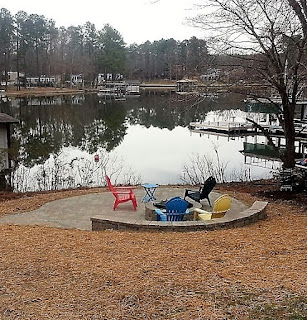While many trees shed their leaves for winter, there are others that cling to their summer form despite the seasonal change. These are the evergreens, the non-deciduous varieties that keep their color all year round. Herewith a look at some of our favorite evergreens at the Nursery.
These are Green Giants. No, not the vegetable, but Green Giant Arborvitae, the evergreen. Technically, these are
Thuja standishii x plicata 'Green Giant', for those that care about such things.
And 'Giant' is right. These currently stand some 10-12' high, and can grow to 50-60'. Green Giants will also grow fast, upwards of 2' per year.
Its rich, green, dense evergreen foliage plus fast growth makes the Green Giant an excellent selection for a screen or hedge. But its natural conical pyramidal growth habit and the way it will darken and bronze slightly in the winter means it can be a striking specimen, all by its lonesome.
We also have some Japanese Cryptomeria (Cryptomeria japonica), which are currently larger than the Arborvitaes, some 12-14' high. Although not as dense as the Green Giants, Cryptomeria can be used as a screen, but its ornamental value is highly prized by many. In its native Japan, it is the national tree and used extensively around temples and shrines, and its dwarf variety enriches many a rock garden.
To round out our survey of evergreens, we also have a few Leyland Cypress (x Cupressocyparis leylandii). And I mean very few, what's called in the trade 'limited quantities available.' But these are beautiful trees, and someone out there (hint, hint) will be quite fortunate to add one of these to their landscape plan.
Almost as we speak, our guys are loading some of these evergreens for shipment to points north and south, as these photos attest.








































